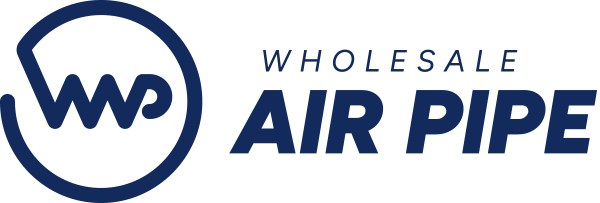The Dakota NDT MX2-DL ultrasonic thickness gauge features a 2D cross sectional block view, providing a graphical representation of a material's thickness, ideal for accurate analysis and identification of pits and corroded areas. The MX2-DL has a choice of display, including A-scan, B-scan, large digits, scan bar, bar graph, allowing the user to select the most appropriate for their needs. The A-Scan display allows users to fully interpret and control measurement readings. The user can select to view either the full waveform (RF) or the rectified waveform (RECT) showing either the positive or the negative cycle of the full waveform.
Flexible and easy to use, the MX2-DL measures both uncoated and coated surfaces. The normal display mode (Pulse Echo or PE) measures the total thickness from the base of the transducer probe to the material density boundary (typically the back wall). This is ideal for pit and flaw detection. Echo Echo mode (EE), also known as the ThruPaint Mode, ignores the coating thickness, displaying the material thickness from the top surface of the material to the material density boundary. Taking 250 readings per second in scan mode, the internal data logger stores up to 4GB worth of data together with their waveforms.












